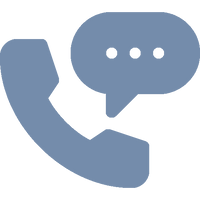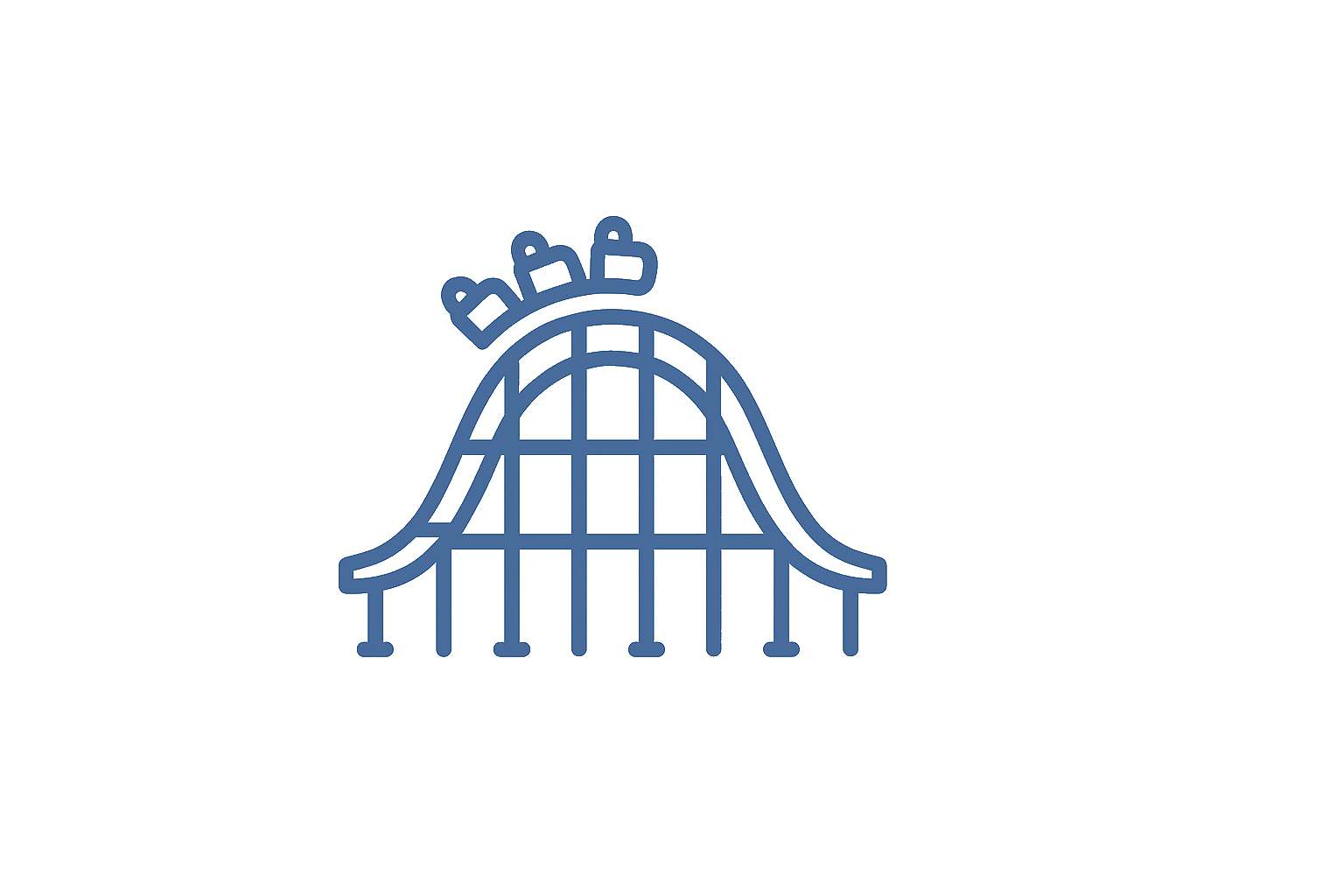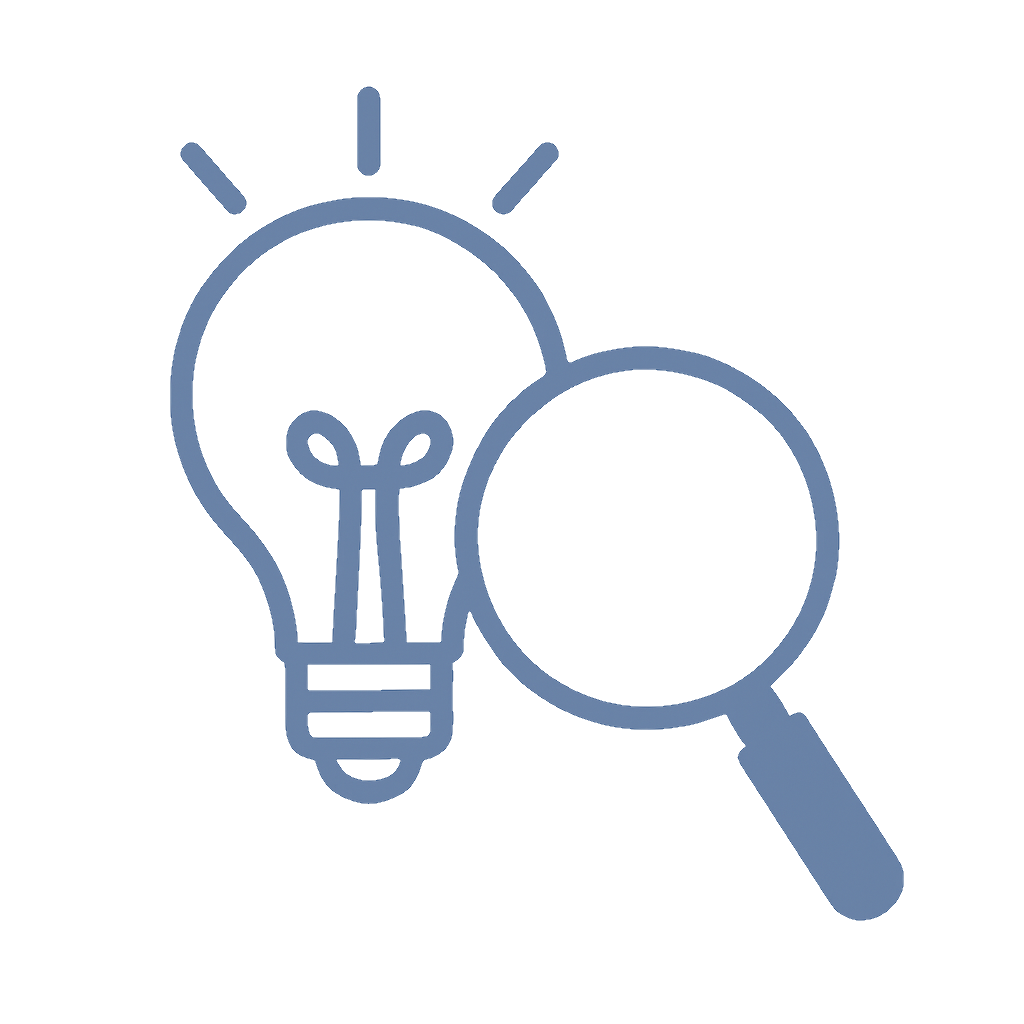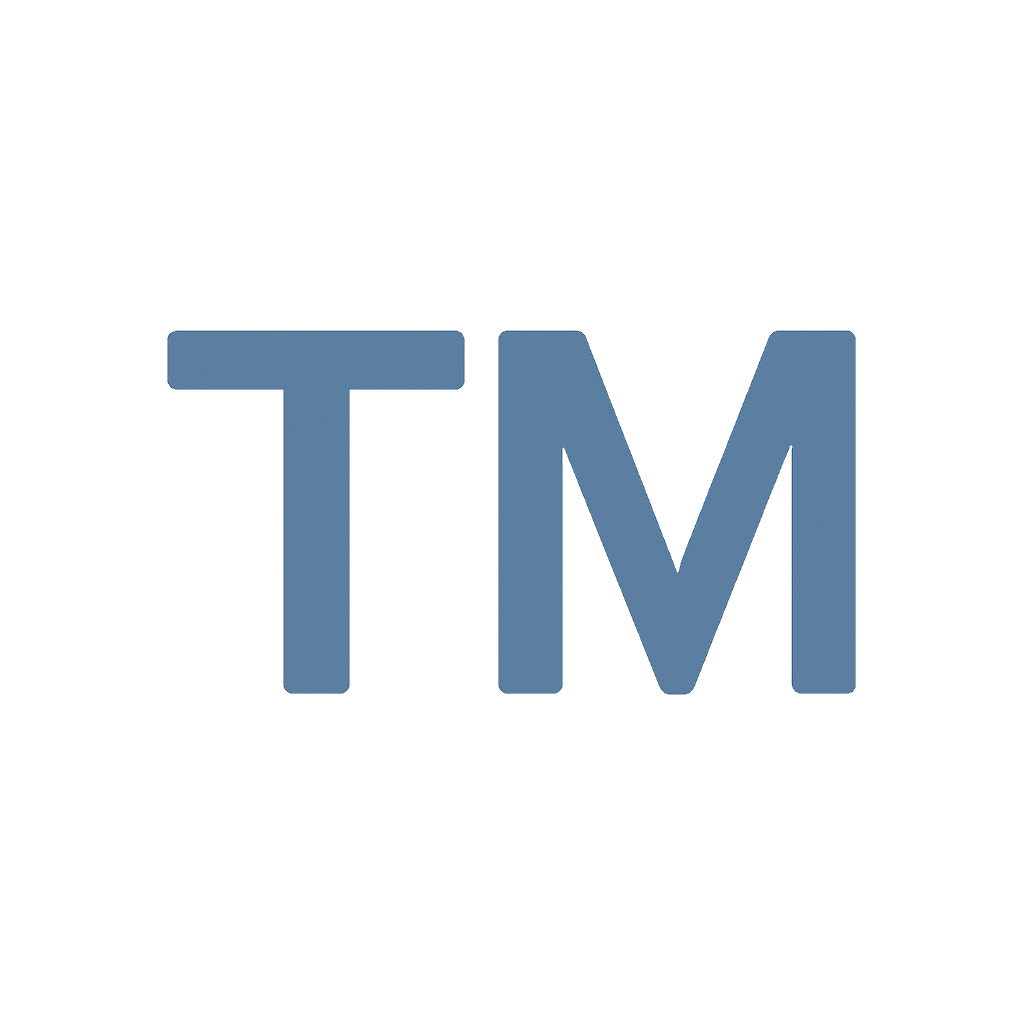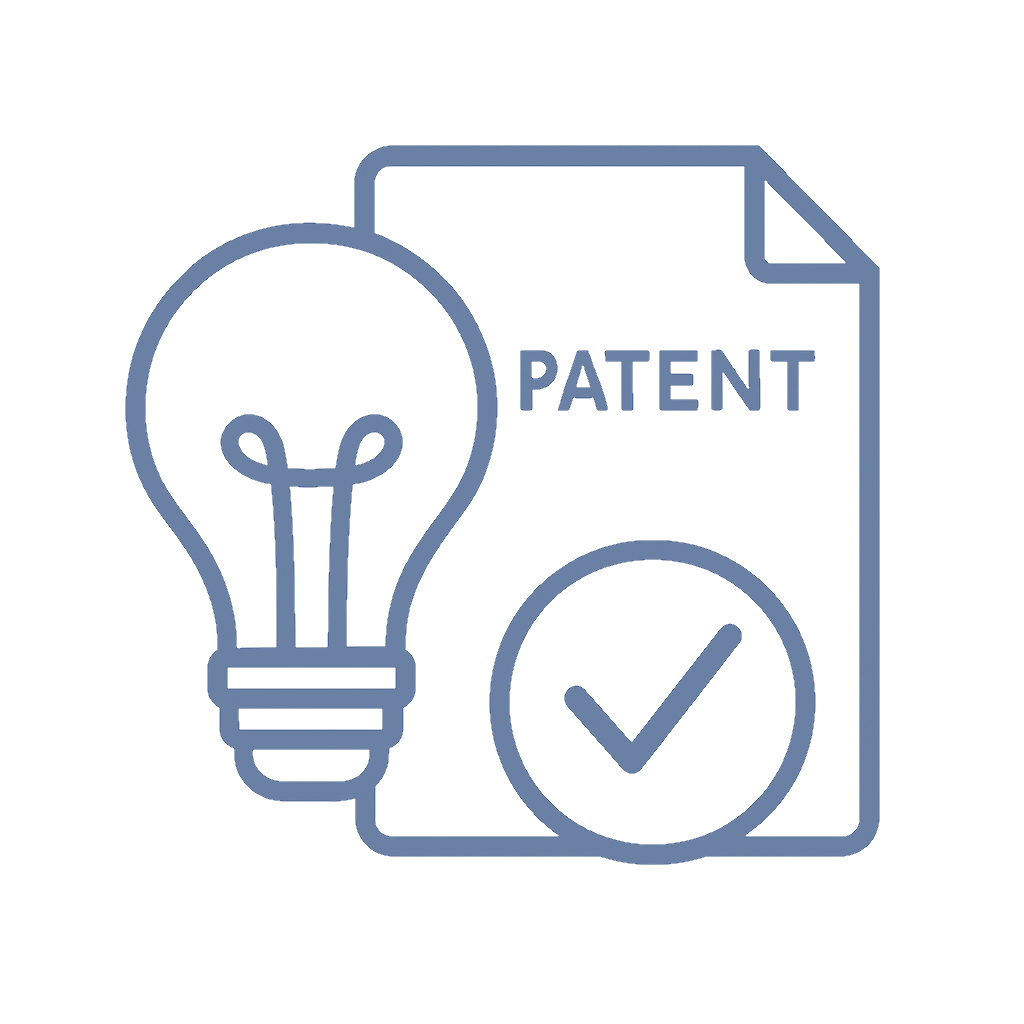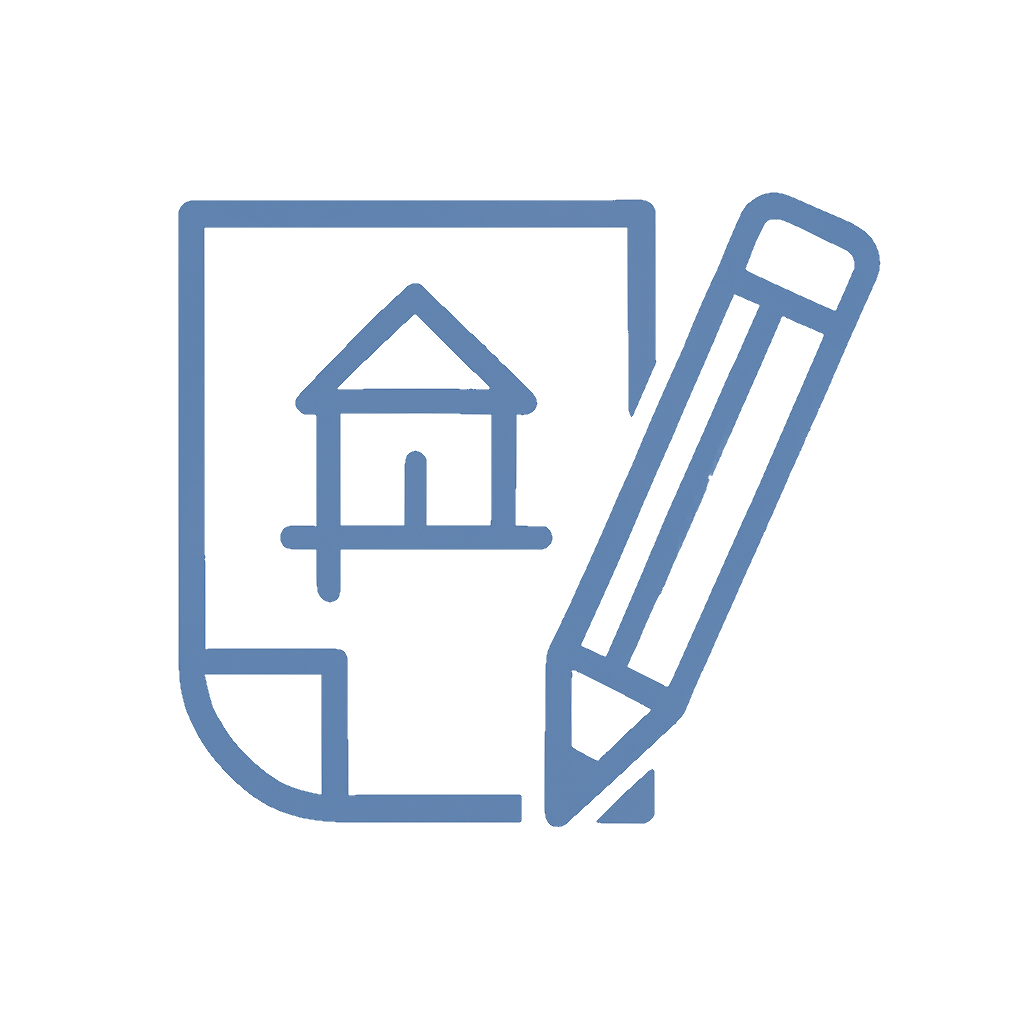📌 Quick Summary
1-Sentence Answer
A patent rejection isn’t the end—it’s the beginning of a smart negotiation that can transform your invention from “not patentable” to “now allowed.”
The Article Overview
This article reveals the secret art behind overcoming USPTO rejections, explaining why initial patent denials are normal, how to interpret Office Actions, and the strategies inventors use to turn those dreaded “no’s” into official patent grants.
❓ Common Questions & Answers
Q1: Why did the USPTO reject my patent?
Most patent rejections happen because the examiner believes your invention is too similar to prior art or the claims are too broad. It’s rarely personal—it’s procedural.
Q2: Can I fix a rejected patent application?
Yes. You can respond with amendments to clarify your claims or provide arguments showing why your invention is unique compared to prior art references.
Q3: How long does it take to overcome a rejection?
On average, expect several months between Office Actions and responses. Persistence pays off—many patents are allowed after two or more rounds of communication.
Q4: Do I need a patent attorney to respond?
Absolutely recommended. A skilled attorney (or solicitor, for our friends in the UK) can frame your argument effectively, ensuring the examiner understands your invention’s true value.
Q5: Will every patent application face rejection?
Not every one—but most do. The majority of successful inventors face an initial “no” before achieving approval.

📜 Step-by-Step Guide
Step 1: Read the Office Action Carefully
Understand exactly why the examiner rejected your claims. Each numbered paragraph corresponds to a specific issue—don’t panic, decode.
Step 2: Identify Prior Art References
These are previously published inventions similar to yours. Spot the differences that make your idea unique.
Step 3: Decide on Your Strategy
You can argue your case (if the examiner misunderstood your claims) or amend your claims (to clarify or narrow your invention’s scope).
Step 4: Craft a Persuasive Response
Combine logic, evidence, and clear language to show that your invention stands apart. Convince, don’t confront.
Step 5: Submit and Wait—Then Iterate
The process can take more than one round, but each exchange moves you closer to an approval.
📖 Historical Context
Since the 19th century, the patent system has thrived on the push-pull between inventors and examiners. Even icons like Thomas Edison and Nikola Tesla faced rejections. Edison’s light bulb patent was initially refused due to “lack of novelty,” while Tesla’s AC system faced skepticism for being “impractical.” Both men persisted—and their patents shaped modern innovation.
Fast forward to today, the USPTO still acts as a rigorous gatekeeper, ensuring that each granted patent truly contributes something novel. In countries like the UK, India, and Australia, similar examination standards apply under respective patent offices (IPO, IPOI, and IP Australia). The shared goal remains: reward originality and protect intellectual property.
Modern patent examination has become a blend of technology and tenacity. Digital databases allow examiners to compare prior art instantly, while skilled patent attorneys craft arguments with surgical precision. The negotiation is timeless—the tools just got smarter.
🏢 Business Competition Examples
-
Apple vs. Samsung (Smartphone Designs)
Apple faced several rejections before securing design patents critical to its litigation strategy—showing perseverance can reshape entire industries. -
Dyson (Vacuum Cleaner Innovation)
James Dyson’s early patent filings were repeatedly rejected for lack of inventive step. Multiple revisions and persistence eventually led to over 5,000 global patents. -
Tesla Motors (Battery Systems)
Tesla initially faced resistance for its battery pack designs. Strategic amendments led to critical patents that now underpin its energy empire. -
LEGO (Interlocking Brick Design)
After multiple rejections across jurisdictions, LEGO refined its claims to cover connection mechanisms rather than shape—turning a “no” into a historic “yes.”

💬 Discussion Section
Patent rejection isn’t failure—it’s feedback wrapped in bureaucracy. Think of it as a high-stakes chess match between innovation and regulation. Examiners are trained skeptics, and their role isn’t to block creativity but to filter out redundancy.
For inventors, the key lies in strategic reframing. A broad claim might aim for wide protection but often triggers rejection for overlapping prior art. Narrowing focus—without conceding novelty—can convert a rejection into an allowance.
Patent prosecution (the legal term for this back-and-forth) is an art of persuasion. Attorneys use both technical insight and rhetorical finesse to highlight distinctions. They might emphasize an algorithm’s specific steps, a component’s material, or a system’s configuration. Every comma in a claim matters—it’s legal fencing for your idea.
Beyond legal nuance, there’s emotional resilience. Many inventors quit after one rejection. But the real winners understand that “no” means “not yet.” By revising claims and sharpening arguments, most inventors eventually secure their intellectual property.
Globally, patent offices share similar frameworks, but responses differ regionally. The USPTO favors technical precision, the European Patent Office leans toward inventive step reasoning, while IP Australia values clarity of industrial application. Savvy inventors learn these nuances and tailor their responses accordingly.
Ultimately, a rejection is proof that you’re innovating in crowded space—and that’s where real breakthroughs happen.
⚖️ The Debate
Side A: Rejections Protect Innovation Integrity
Patent examiners ensure only truly novel ideas receive protection. Without rigorous scrutiny, the system would overflow with low-quality patents, stifling innovation rather than encouraging it.
Side B: Rejections Delay Innovation and Add Costs
Excessive formality and inconsistent examiner interpretations frustrate inventors. Many great ideas die in paperwork, especially among small businesses lacking deep legal budgets.
✅ Key Takeaways
-
A rejection is the start of negotiation, not the end of innovation.
-
Always analyze Office Actions with precision before reacting.
-
Amendments and arguments work best together.
-
Patent attorneys add immense strategic value.
-
Persistence transforms a “no” into intellectual property gold.

⚠️ Potential Business Hazards
-
Ignoring Office Actions – Missing response deadlines can lead to abandonment.
-
Over-Narrowing Claims – Limiting too much may weaken future protection.
-
DIY Responses – Without legal expertise, arguments can backfire.
-
Neglecting Global Strategy – A U.S. rejection may hint at global filing challenges.
❌ Myths & Misconceptions
-
“A rejection means my idea isn’t good.” – False; it’s procedural, not personal.
-
“I can’t amend claims after filing.” – You can—and should.
-
“Examiners dislike inventors.” – They’re actually your allies in clarity.
-
“Rejections are rare.” – Over 80% of first Office Actions are rejections.
-
“Once rejected, I must start over.” – Most cases are salvaged through responses.
📚 Book & Podcast Recommendations
-
Patent It Yourself by David Pressman – https://www.nolo.com/products/patent-it-yourself-PTNY.html
-
The Inventor’s Bible by Ronald Louis Docie Sr. – https://www.amazon.com/Inventors-Bible-Expanded-Edition/dp/1607740821
-
IP Fridays Podcast – https://www.ipfridays.com
-
The Patent Law Podcast – https://www.patentlawpodcast.com
⚖️ Legal Cases
-
KSR International Co. v. Teleflex Inc. (2007) – https://supreme.justia.com/cases/federal/us/550/398/
Defined how “obviousness” is interpreted in patent rejections. -
Alice Corp. v. CLS Bank International (2014) – https://supreme.justia.com/cases/federal/us/573/208/
Changed software patent eligibility standards. -
Graham v. John Deere Co. (1966) – https://supreme.justia.com/cases/federal/us/383/1/
Established the framework for assessing non-obviousness. -
In re Zurko (1999) – https://caselaw.findlaw.com/us-federal-circuit/1328375.html
Clarified evidentiary standards in patent examiner decisions.
📣 Expert Invitation
Are you an inventor, patent attorney, or startup founder with experience turning rejections into approvals?
We’d love to feature your insights at http://inventiveunicorn.com.
Join the conversation, share your story, and help others navigate their “no” to “now approved” journey!

🔚 Wrap-Up Conclusion
Every rejection letter is an invitation to refine brilliance. The USPTO’s “no” isn’t a stop sign—it’s a speed bump on the road to innovation. With the right mix of legal skill, technical clarity, and persistence, your patent dream can—and often does—become reality.
